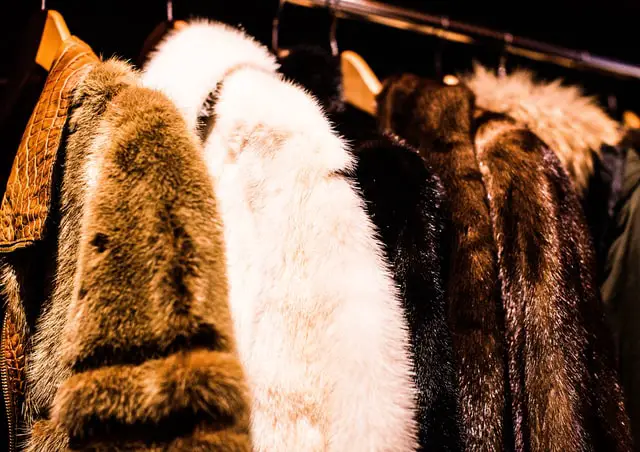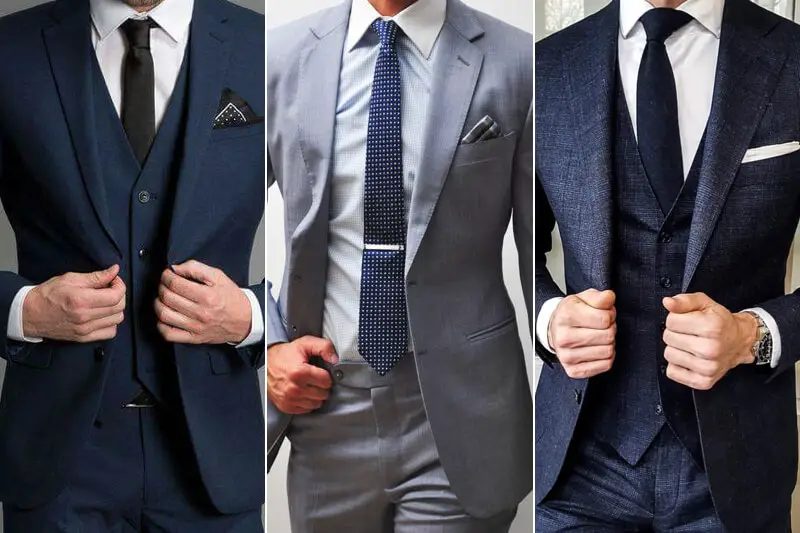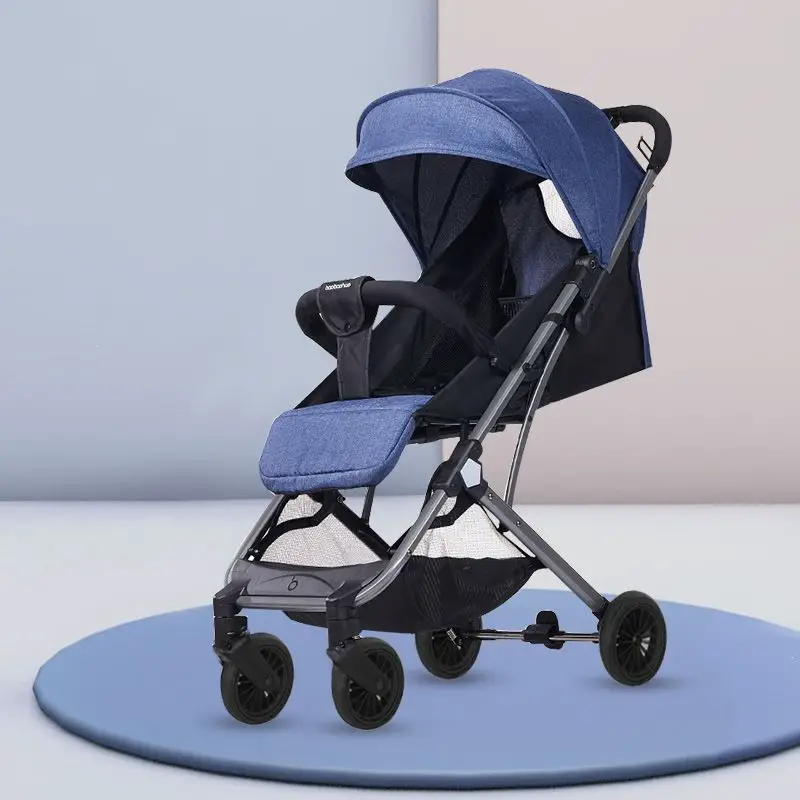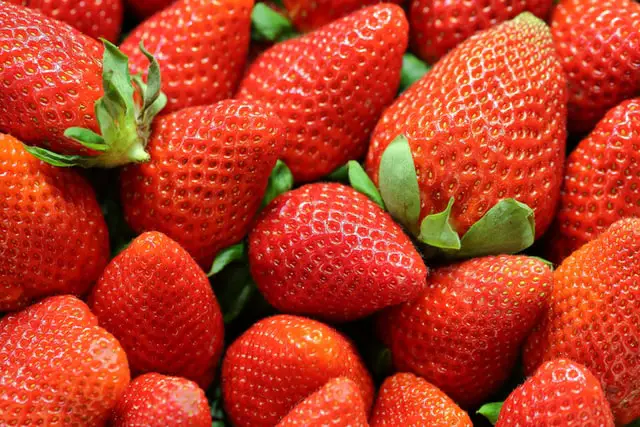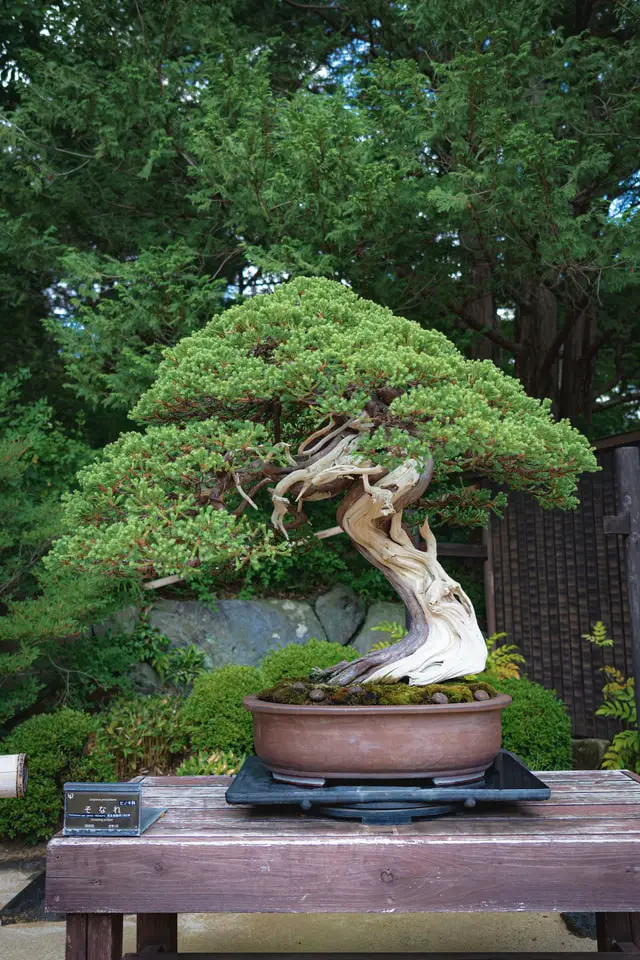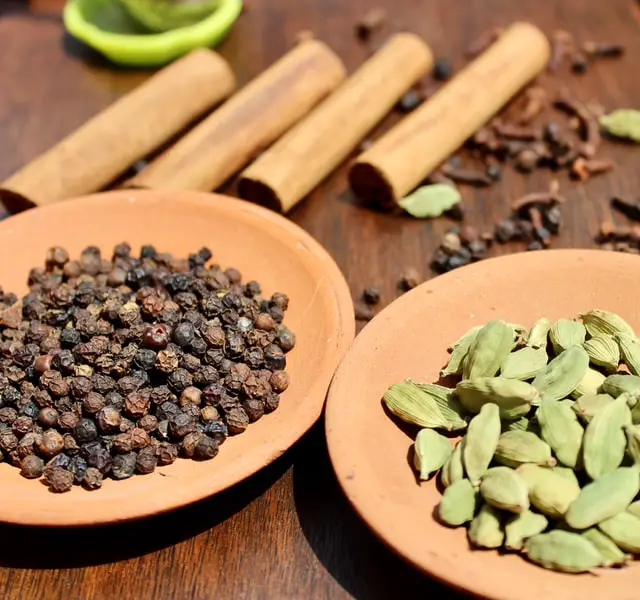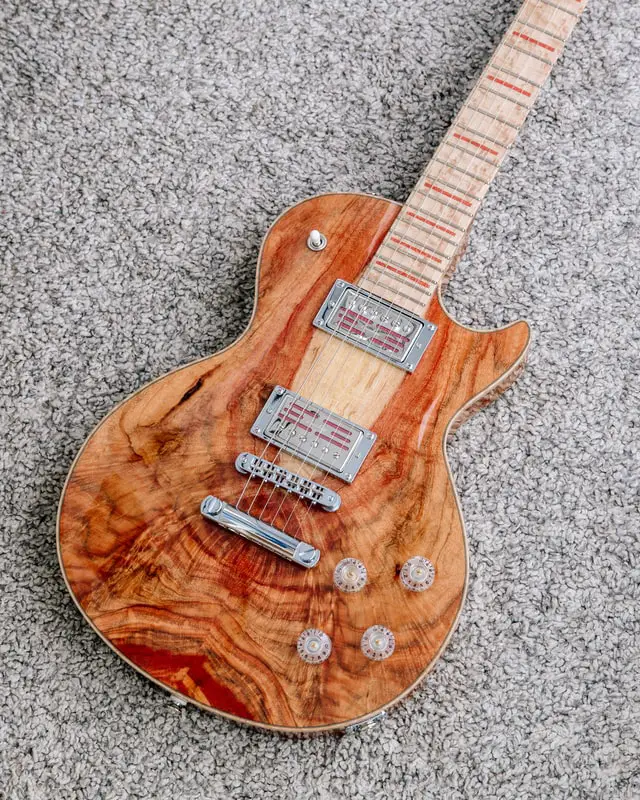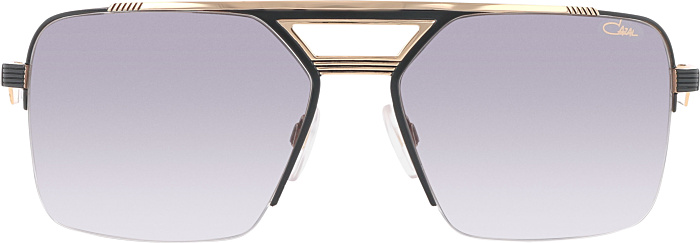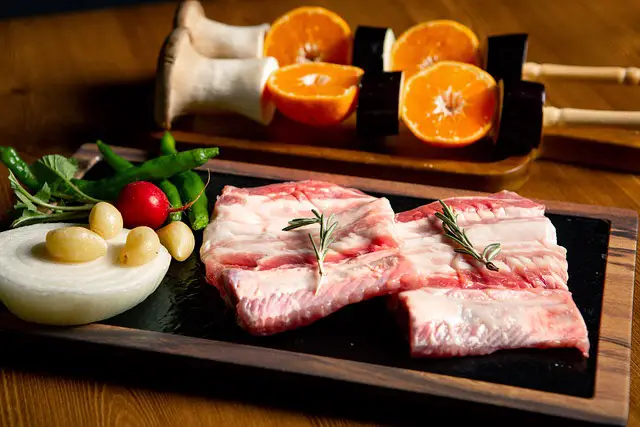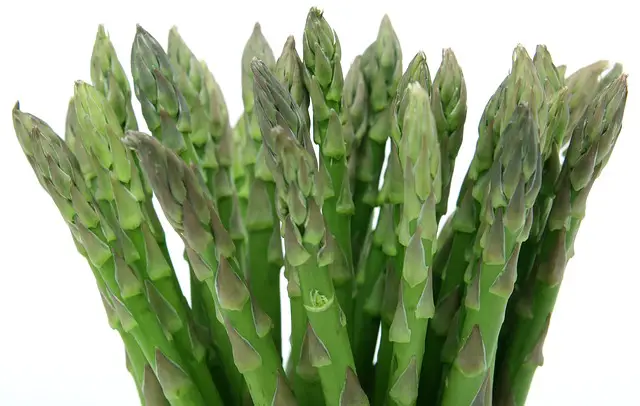Why are shearling coats so expensive?
Shearling coats, also known as sheepskin coats, are a luxurious and timeless fashion item that many people desire to own. However, these coats come with a hefty price tag, often costing hundreds or even thousands of dollars. So, what makes shearling coats so expensive?
First and foremost, the cost of a shearling coat is heavily influenced by the material used to make it. Shearling is essentially sheepskin that has been tanned and treated to retain its soft, wool-like texture. The process of tanning and treating sheepskin is a labor-intensive and time-consuming process, which adds to the cost of the final product.
In addition to the tanning process, the cost of shearling coats is also influenced by the quality of the sheepskin used. Higher-quality sheepskins are sourced from animals that are raised in a specific way to produce the best possible hides. This includes providing the animals with the best possible care and feeding them a special diet. As a result, these higher-quality sheepskins are more expensive to obtain, and therefore, the coats made from them are more expensive as well.
Another factor that contributes to the high cost of shearling coats is the manufacturing process. These coats are typically hand-crafted by skilled artisans who put a lot of time and effort into each piece. This labor-intensive process adds to the cost of the final product.
In addition to the material and manufacturing costs, the brand and style of a shearling coat can also affect its price. Designer brands are known for their high-quality materials and attention to detail, and as a result, their coats tend to be more expensive than those from lesser-known brands. Additionally, certain styles of shearling coats, such as those with intricate designs or unique features, may also be more expensive due to the additional time and effort required to create them.
Finally, the demand for shearling coats also plays a role in their cost. These coats are classic and timeless fashion items that never go out of style, and as a result, they tend to have a high demand. When demand for a product is high, the price tends to be higher as well.
In conclusion, several factors contribute to the high cost of shearling coats. These include the material and quality of the sheepskin used, the labor-intensive manufacturing process, the brand and style of the coat, and the demand for the product. While these coats may be pricey, their luxurious materials and timeless style make them a worthwhile investment for many fashion-conscious individuals.
Frequently Asked Questions:
What is shearling?
Shearling is a type of sheepskin that has been tanned and treated to retain the soft wool on the inside, while the outer surface is treated to be resistant to moisture and wear. It is often used to make jackets, boots, and other clothing and accessories that are warm and comfortable in cold weather.
Are shearling coats worth it?
Shearling coats are worth it if you are looking for a warm, stylish, and durable coat that can withstand cold temperatures and harsh weather conditions. They are made of high-quality materials and are typically quite expensive, but they are known to last for many years if properly cared for. They also offer a unique and fashionable look that is hard to replicate with other types of coats. However, if you are only looking for a coat for occasional use or milder weather, a shearling coat may not be the most practical or cost-effective option.
How long does a shearling coat last?
A shearling coat can last for many years if it is properly cared for and maintained. Factors that can impact the lifespan of a shearling coat include the quality of the material, how often it is worn, and how it is stored. To extend the lifespan of your shearling coat, it is important to store it in a cool, dry place and avoid exposing it to moisture. It is also recommended to have it professionally cleaned and conditioned every few years to keep the leather and shearling in good condition.
Is shearling the warmest coat?
Shearling coats can be very warm, but they may not be the warmest coat option available. Other materials, such as goose down or synthetic insulation, may be more effective at trapping heat and providing warmth. It is important to consider the thickness and quality of the shearling, as well as the overall design and construction of the coat when determining its warmth. Additionally, layering and adding a thermal or fleece layer underneath the coat can help increase its warmth.
What happens if shearling gets wet?
If shearling gets wet, it can become waterlogged and heavy, causing the fibers to become matted and stiff. The shearling may also shrink or stretch out of shape if it is not dried properly. It is important to dry shearling slowly and away from direct heat to prevent any damage to the fibers. If the shearling becomes severely waterlogged, it may need to be professionally cleaned to restore its natural shape and texture.
Can shearling be worn in the snow?
Yes, shearling can be worn in the snow. It is a warm and insulated material that can protect against the cold and wet conditions of snow. However, it is important to note that shearling can get wet in the snow and may not hold up as well as other materials in extremely wet and cold conditions. It is also important to take care of the shearling to ensure that it stays in good condition, including protecting it from water and moisture and keeping it clean and dry.
How can you tell fake shearling?
There are a few ways to tell if a shearling item is fake:
-
Check the label: If the label says “faux shearling” or “synthetic shearling,” it is not real shearling. Real shearling should be labeled as “shearling” or “sheepskin.”
-
Look at the texture: Real shearling should have a soft, fluffy texture on the inside. If the inside of the item feels more like synthetic fabric, it is likely fake.
-
Check the weight: Real shearling is a heavy material, so a fake shearling item will likely feel much lighter than a genuine one.
-
Inspect the stitching: Real shearling is typically hand-stitched, so the stitching should be neat and even. If the stitching is uneven or appears to be done with a machine, it is likely fake.
-
Examine the color: Real shearling should have a natural color, ranging from cream to light brown. If the item is a bright or unnatural color, it is likely fake.
Can I wear my shearling coat in the rain?
It is not recommended to wear a shearling coat in the rain as it may become damaged or soaked, causing the leather to shrink or become stiff. If you must wear it in the rain, try to keep it as dry as possible and avoid getting it too wet. It is best to wear a raincoat or other waterproof outerwear in wet weather to protect your shearling coat.
Can you wash a shearling coat?
It is not recommended to wash a shearling coat as it can ruin the natural oils and fibers in the fur. Instead, try spot-cleaning any stains or dirt with a mild detergent or leather cleaner and a soft cloth. If the coat is very dirty or smelly, it is best to have it professionally cleaned at a dry cleaner that specializes in cleaning shearling coats. It is also important to avoid getting the coat wet or exposing it to heat or direct sunlight, as these can also damage the fur.
Is fur warmer than shearling?
Fur is generally considered to be warmer than shearling. Fur is made from the hair of animals and has a natural insulating layer that helps to retain heat. Shearling, on the other hand, is made from sheepskin and has a woolen inner layer that is less effective at insulating than fur. Additionally, fur is typically thicker and denser than shearling, which also contributes to its ability to retain heat better.
Is shearling too warm for summer?
Shearling is typically quite warm and may not be suitable for summer weather. It is best to wear shearling in cooler temperatures, such as in the fall or winter.
Does shearling make your feet sweat?
Shearling can make your feet sweat if it is not properly ventilated or if it is worn in warm or humid conditions. Shearling is a type of sheepskin that has wool fibers left on the inside, which can provide insulation and warmth. However, if the shearling material is not properly ventilated or if it is worn in warm or humid conditions, it may cause your feet to sweat. It is important to ensure that your shearling footwear is properly ventilated and worn in appropriate conditions to prevent sweating.
Should I brush shearling?
It is generally not recommended to brush shearling as it can damage the fibers and alter the texture of the material. Instead, it is best to gently shake or tap the shearling to remove any dirt or debris. If the shearling becomes soiled, it can be professionally cleaned or spot cleaned with a mild detergent. Avoid using harsh chemicals or abrasive brushes on shearling.
Is shearling out of style?
Shearling is not out of style, but it is not as popular as it once was. It is typically seen as a more luxury or high-end fashion item and is often used in the construction of jackets, boots, and other outerwear. It has a reputation for being warm and stylish, but it is not as widely worn as other materials like leather or nylon.
Is Sherpa the same as shearling?
No, Sherpa and shearling are not the same. Sherpa is a type of thick, soft, and warm fabric made from wool or synthetic materials that are used to make jackets, blankets, and other clothing items. Shearling, on the other hand, is a type of sheepskin leather that is tanned and treated to retain the wool on one side and the leather on the other side. It is often used to make boots, jackets, and other outerwear.
Should you wear socks with shearling?
It is generally not recommended to wear socks with shearling, as the socks may create too much bulk and make it difficult to move comfortably in the shearling shoes or boots. Additionally, shearling is designed to be worn without socks to allow your feet to breathe and stay warm. If you do choose to wear socks with shearling, it is best to wear thin, moisture-wicking socks to avoid creating too much bulk and to keep your feet comfortable and dry.
What is the warmest fur on earth?
The warmest fur on earth is likely that of the polar bear, which is adapted to withstand the extreme cold temperatures of the Arctic region. Their thick, insulating fur keeps them warm even in temperatures as low as -40 degrees Fahrenheit. Other animals with thick, warm fur include the arctic fox, the wolf, and the mountain goat.
What is shearling lining?
Shearling lining is a type of lining made from the skin of a sheep or lamb that has been tanned and treated to make it soft and warm. It is often used in clothing and accessories such as jackets, boots, and gloves to provide warmth and insulation in cold weather. Shearling lining is known for its durability, versatility, and comfort, making it a popular choice for winter wear.
What is the difference between shearling and sheepskin?
Shearling refers to a type of leather that is made from the skin of a sheep that has been shaved and treated with chemicals to preserve it. It is typically used to make coats, boots, and other outerwear.
Sheepskin, on the other hand, refers to the skin of a sheep that has not been treated with chemicals or shaved. It is often used to make rugs, clothing, and other items that require a softer, more natural material.
The main difference between shearling and sheepskin is the way they are treated and processed. Shearling has been treated with chemicals and shaved to create a more durable, water-resistant material, while sheepskin has not been treated and remains in its natural state.

